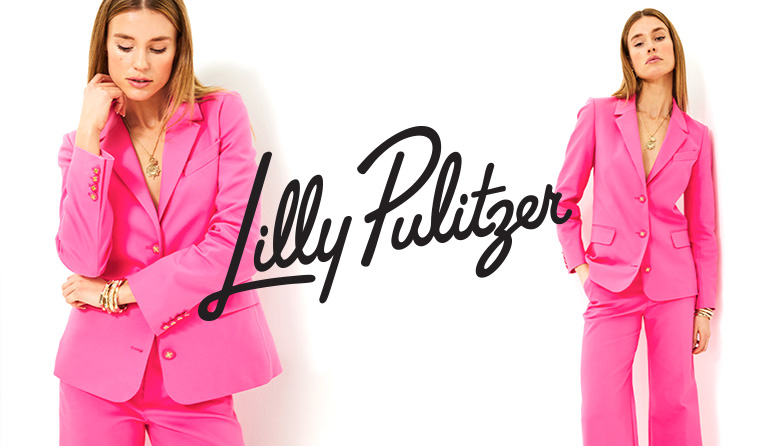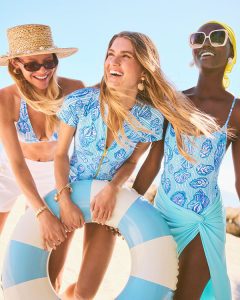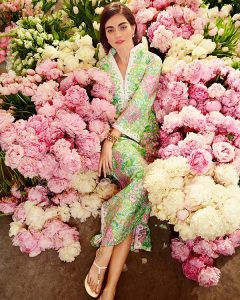Free Spirit, Colorful Fashion
Lilly is a modest fashion inspiration who sparked a colorful revolution in the American high society of the 1960s, challenging the dull pastel-toned fashion trends with her vibrant colorful lifestyle products.
Lillian Lee McKim, also known as Lilly, was born on November 10, 1931, in the town of Roslyn, New York. Her mother, Lillian Bostwick McKim, was one of the heirs to Standard Oil Company, one of the largest and most influential energy companies of its time. Founded by John D. Rockefeller in the late 19th century, Standard Oil was a massive company that largely controlled the global oil market. This legacy, combined with the wealth and social circle on her mother’s side, granted Lilly not only financial affluence but also direct belonging to American high society. After divorcing her father, Robert McKim, Lilly’s mother remarried, further solidifying her status in elite circles. Lilly, the middle of three sisters, spent her childhood engaged in privileged activities such as horseback riding, boarding schools, ballet lessons, and debutante balls. Yet, even within this glamorous setting, Lilly began to express her desire to carve her own path from a young age. While attending the prestigious Chapin School in New York, Lilly was surrounded by girls from prominent families of the time. One of them was Jacqueline Bouvier—future First Lady Jackie Kennedy. The friendship Lilly and Jackie built in their youth would later be rekindled in Palm Beach and would accelerate a turning point in Lilly’s fashion career. After graduating from Miss Porter’s School in Connecticut, Lilly briefly attended Finch College. However, academic life wasn’t for her. After dropping out, she worked as a midwife’s assistant in West Virginia, then volunteered at a veterinary hospital in the Bronx. During this period, she experienced a simpler life far from wealth, strengthening her rebellious spirit and individual stance. At that time, there was no indication that she would enter the fashion world, but her creative potential was quietly taking shape.
Lilly found an unconventional solution to this practical problem. She asked her seamstress to sew loose-fitting, sleeveless dresses made from colorful and printed cotton fabrics. These dresses not only concealed stains but also reflected her personal style and lively energy. The first Lilly dress, with its vivid tropical prints, cotton texture, and cooling effect, offered a chic yet comfortable alternative. In a short time, customers coming for juice started to notice Lilly’s unique dresses. She began to be seen not as a juice stand operator covered in fruit juice, but as a colorful and original designer. Women began saying, “We want those dresses too.” Lilly didn’t turn away their interest; she started producing these dresses for her friends, customers, and later familiar boutiques. These sleeveless and printed designs, which initially emerged from a practical need, were on their way to becoming a status symbol among Palm Beach’s wealthy women.











